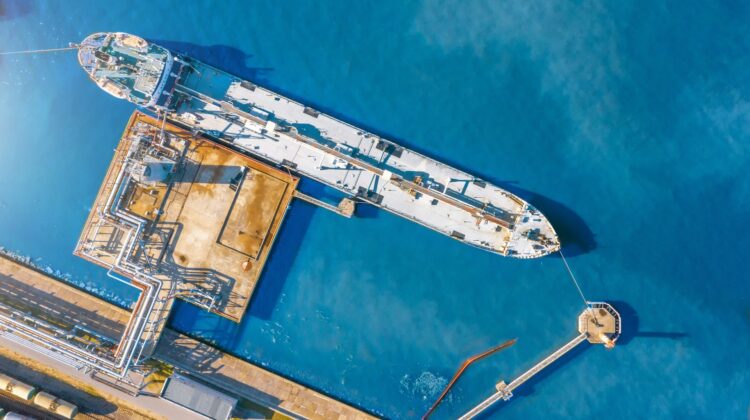
Building clean transportation systems “is more important now than ever before,” according to a recent statement from the Government of Canada.
The federal government says it is “actively working to achieve decarbonization of the marine sector by advancing green shipping initiatives along British Columbia’s coastline.”
Following mouth with money, federal Minister of Transport Anita Anand this week unveiled more than $30 million in investments for three clean energy projects based in BC.
“Marine shipping is vital to British Columbia’s economy, Canada’s economy, and our way of life,” said Anand. “It’s essential that it remains affordable, safe, efficient, and environmentally friendly.”
This funding, provided under the Green Shipping Corridor Program, aims to increase the use of clean energy and transportation infrastructure at ports and terminals; invest in shore power technology to reduce emissions from idling ships; and prioritize low-emission and low-noise vessels to minimize environmental impact in port areas.
The Green Shipping Corridor Program, a pillar of Canada’s decarbonization strategy, aims to accelerate the transition to low-carbon and net-zero emission fuels and technologies within the marine sector.
This round of investment will see the Greater Victoria Harbour Authority receive up to $22M as it seeks to implement shore power equipment at the Ogden Point cruise terminal as part of a greater initiative to establish a “green cruise corridor” on the west coast.
“Shore Power is a catalyst for the electrification of our deep-water port, and today’s funding will support future economic growth and development in Greater Victoria,” stated Mark Mawhinney, Board Chair of the Greater Victoria Harbour Authority.
“Renewable energy options will further establish a Green Shipping corridor across the Pacific Northwest and significantly reduce greenhouse gas emissions,” he continued.
And that’s not the only benefit.
“Electrifying and reducing emissions from Harbour operations will attract new investment to our port and city, and help ensure Victorians and those that visit us enjoy clean air and water as they experience our diverse community,” added Marianne Alto, the Mayor of Victoria.
In similar fashion, the Vancouver Fraser Port Authority will receive up to $7M as it looks to upgrade shore power infrastructure at the Canada Place cruise terminal to increase the availability and accessibility of shore power for cruise ships—another piece to the Green Corridor puzzle in assembly.
And Seaspan Ferries gets up to $6M to implement shore power equipment at four terminals in Delta, Nanaimo, North Saanich, and Surrey as well as associated upgrades to ferries operating between these terminals.


